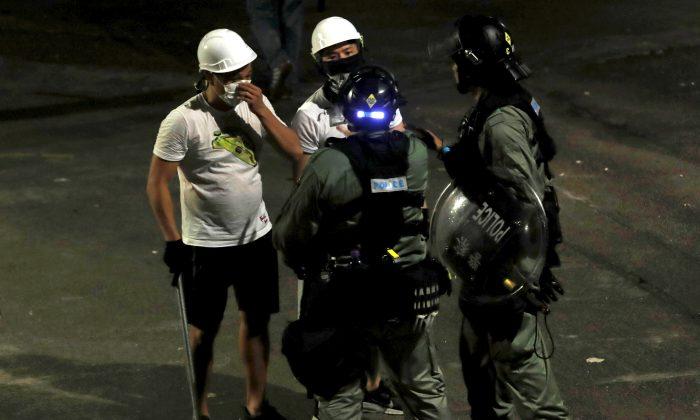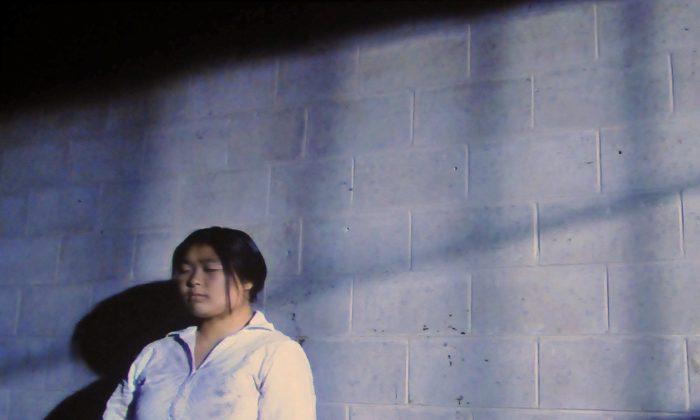Traditional Chinese weddings are colorful and festive and based on a comprehensive system of etiquette. Chinese marriage traditions go back thousands of years, and different ceremonies and rituals were practiced in different regions.
Few Chinese nowadays have traditional weddings anymore, according to Ms. Wang, who grew up in the northern city of Tianjin. Marriage and wedding traditions have changed over the last 60 years, owing to the influence of communism, Wang told the Epoch Times.
“You must have gotten married before 1949, to have experienced a real traditional wedding,” Wang said. “I remember my parents’ and grandparents’ wedding photos. My grandparents’ wedding was very beautiful. But my parents, during the cultural revolution, wore those brown uniforms. My husband and I didn’t have a wedding at all, we just went to the courthouse and got our marriage license,” she added.
Since the 1980s, because of the economic opening up, many Chinese couples started to follow American wedding customs, and brides started wearing the white wedding dress. In general, weddings in China have become very extravagant and very expensive. People today feel pressure to spend a lot of money, Wang said.
But the old traditions aren’t completely lost, and are worth passing down, and some people use a combination of Western and Chinese traditions, Wang said. “Many Chinese people feel that they have lost their cultural identity during the past 60 years, and they yearn for their old customs and values.”
According to a number of websites and blogs, Chinese marriage traditions are rooted in spiritual traditions, in particular Confucian thought. Etiquette and rituals played an important function in maintaining harmonious relationships in the family and in society.
The following is a listing of popular and historical Chinese wedding traditions:
1. Auspicious Day
Before the wedding is arranged, the two families choose an “auspicious” or lucky day to assure the couple’s good future.
2. Wedding Dress
For a traditional Chinese wedding, the bride wears traditional Han clothing--a red dress and blue or red headpiece--which denotes the solemness of the marriage. The groom wears traditional robes and a sash.
3. Worshiping Ancestors
Before the groom heads out to the bride’s home, he first pays tribute to his ancestors.
4. Going to the Bride’s House
Usually an even number of vehicles makes up the procession to the bride’s home. Fireworks along the procession signal a celebration.
5. Entering the Bride’s Home
Upon arriving at the bride’s house, the groom is greeted by a young boy who serves him tea. The groom first tips the boy with money in a red envelope and is then allowed to enter the house.
6. Flowers
The groom attempts to give flowers to the bride, but a maid of honor blocks his way, not allowing him to see the bride. The groom must first promise to fulfill certain conditions before being allowed to see the bride.
7. Farewell Wishes
The couple pays tribute to the bride’s ancestors. Then the bride kowtows to her parents, expressing her respect, and the bride’s father covers the bride’s head with a piece of red cloth. The groom also bows and pays his respect.
8. Bride Leaves Home
A respected female senior member of the bride’s family walks the bride to the wedding vehicle while holding an umbrella over the bride to protect her from bad weather.
9. Wedding Procession
As the bride’s car leaves, her family pours a bowl of water and scatters rice behind the car as a blessing for a happy future. It is also a ritual of letting their daughter go and not interfere in her affairs anymore.
10. More Fireworks
During the ride from the bride’s home to the groom’s home, more fireworks are lit.
11. Oranges
After the bride’s car arrives at the groom’s home, a child carrying two oranges welcomes the bride. The bride touches the two oranges, then tips the child. Later that night, the bride peels the oranges. This will bring longevity for the couple, according to folk tales.
12. Guiding the New Bride
A respected male elder of the groom’s family holds a bamboo basket or black umbrella over the bride and walks her to the house. The bride must be careful not to step on the threshold.
13. Crossing the Fire Pan
Before the bride enters the house, she steps over a pan of charcoal fire, to burn away bad luck and misfortune.
14. Wedding Banquet
The wedding reception and banquet are very important and may consist of 5-10 courses. There are ceremonies such as the bride serving wine or tea to parents, spouse and guests.
15. Farewell to the Guests
After the reception, the newlyweds stand by the door to say farewell to the guests.
16. Teasing the Newlyweds
Often close friends and family members will play a trick on the newlyweds late at night.
With research and translation by Joseph Ding




